The Coffee Triangle
Colombia has long cultivated a reputation for excellent coffee.
Jesuits planted the first seeds in the 1730s, and within 100 years exports had begun.
Today, the nation has an estimated half-million coffee farming families, whose products are enjoyed in North America, Europe, and Japan.

In honor of Colombia’s tradition of small-plot, mountainside farming, UNESCO recognized the country’s Coffee Cultural Landscape as a World Heritage site in 2011.
Zona Cafetera: Caldas, Risaralda and Quindio
Most of Colombia’s finest coffee is produced in the heartland departments of Caldas, Risaralda, and Quindío—a triangular Zona Cafetera within the wider limits marked by Medellin, Bogota, and Cali.
In this bright emerald landscape, rolling hills and mountainsides are lined with countless rows of low coffee trees, a large portion of which are maintained by small-scale growers.
Hand-picked Arabica
This region’s rich volcanic soil, altitude, temperate climate, and abundant water combine to impart a distinctive taste—rich flavor, bright acidity, and intense aroma.
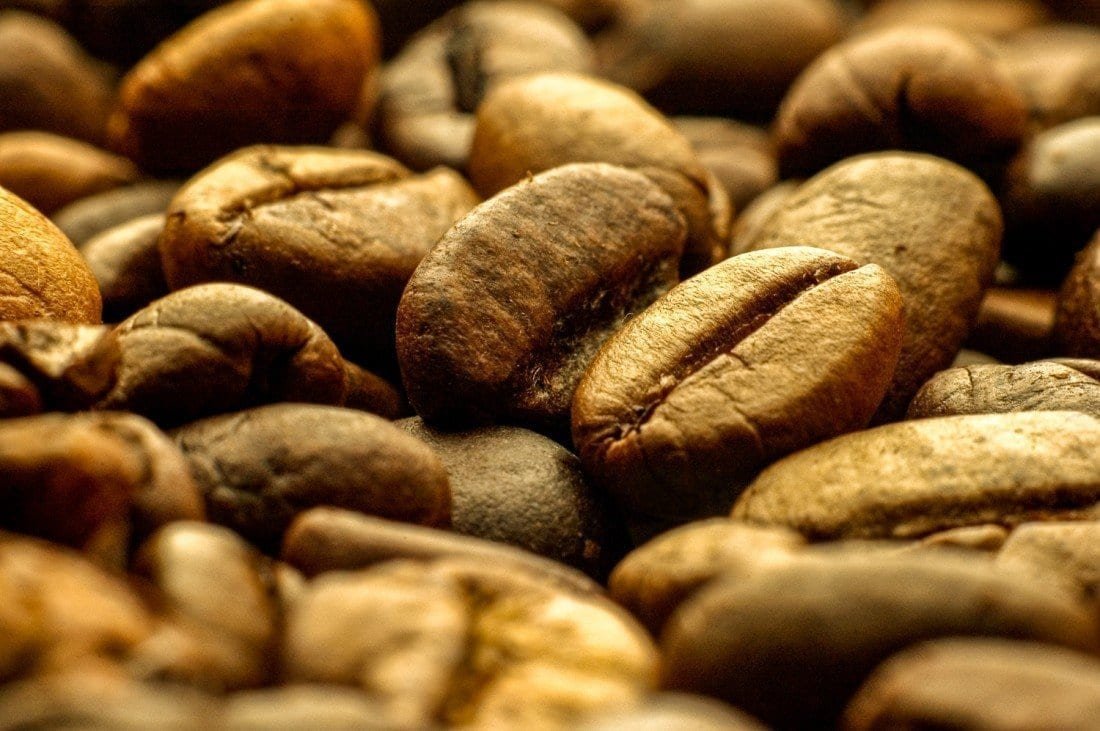
Ripe coffee cherries are hand-picked, cleaned, sun-dried, and graded before being roasted or bagged for export by cooperatives. While the principal variety is Arabica, multiple heirloom varietals are gaining ground.
Armenia
The hilly city of Armenia marks the southern limit of the Zona Cafetera.
Although the city’s historic center was terribly damaged by a 1999 earthquake, Armenia is still an excellent starting point for visits to this region.
Regular flights connect the city to Bogota and Medellin and visitors can tour dozens of coffee plantations within a few miles of the urban limits.
Pre-Columbian Gold Museums
Armenia is also the home of one of the continent’s best pre-Columbian gold museums.
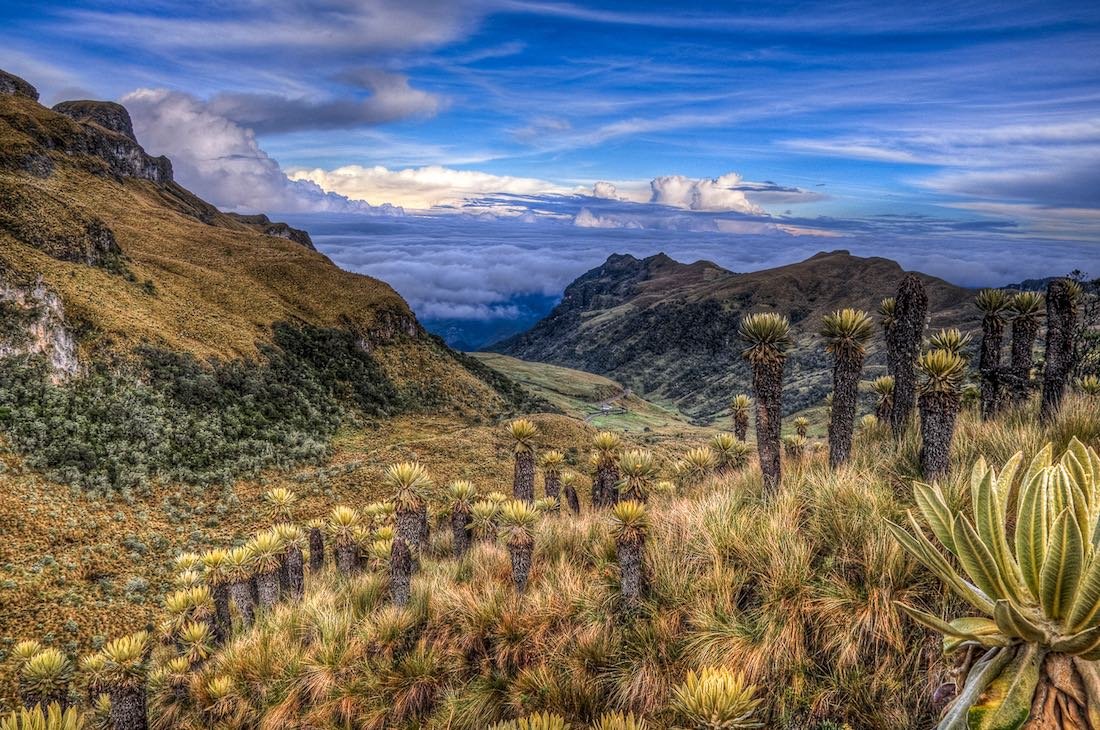
Near Armenia, country retreats welcome travelers to comfortable plantation houses surrounded by forest and pastureland.
Guests can tour cocoa and plantain groves, hike to waterfalls, ride horses, observe birds and monkeys, and day trip to villages renowned for antioqueño architecture and traditional basketry.
Valle del Cocora
One of the most popular day trips in the Armenia area is to the verdant Valle del Cocora, 15 miles northeast of the city.
Cocora is famous for its picturesque farms, mountain vistas, and stands of elegant wax palms (Ceroxylon quindiuense)—Colombia’s national tree.
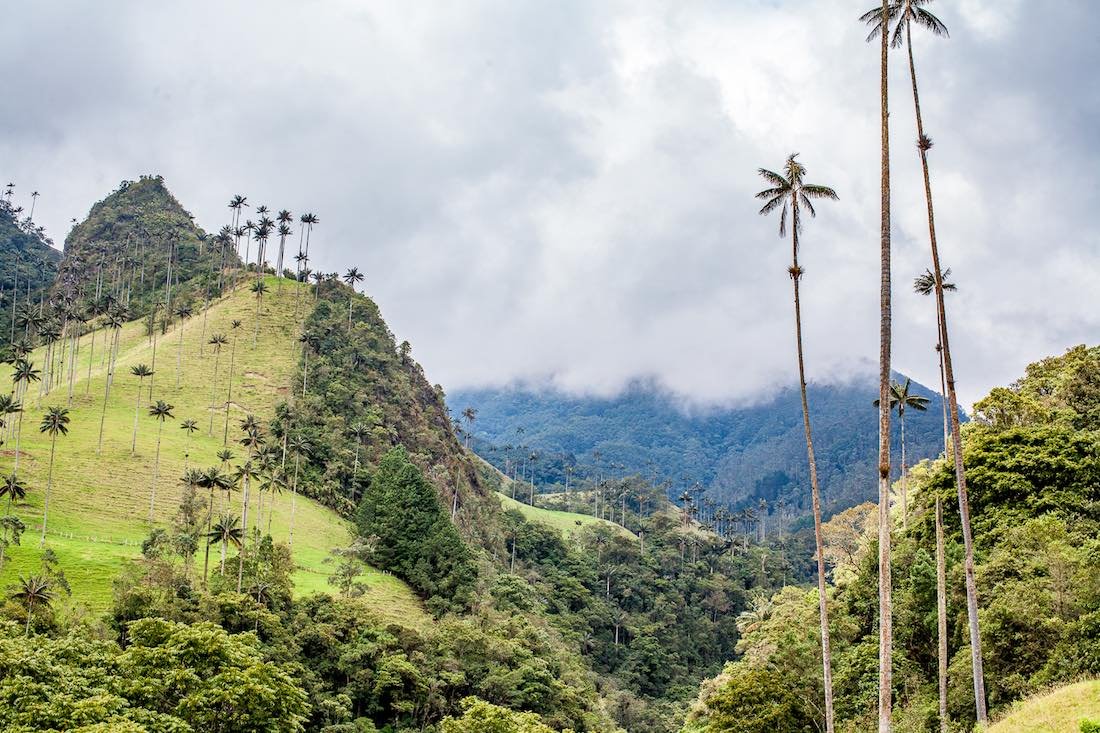
These rare, slow-growth palms (which look like creations of Dr. Seuss) can reach heights of 150 feet, providing shelter and food for yellow-eared parrots.
Los Nevados
Cocora lies within Los Nevados National Park, which protects 224 square miles of mountain, lake, and forest habitat in the Cordillera Central.
Resident species at Los Nevados include:
- Tapirs
- Spectacled Bears
- Pumas
- Condors
- Motmots
Visitors can climb the glacier-capped Nevado del Ruiz stratovolcano (17,457 FASL), hike forest and paramo trails with expert birding guides, and fish for trout.
Access to the area around Nevado del Ruiz is monitored constantly for volcanic activity, with access varying accordingly.
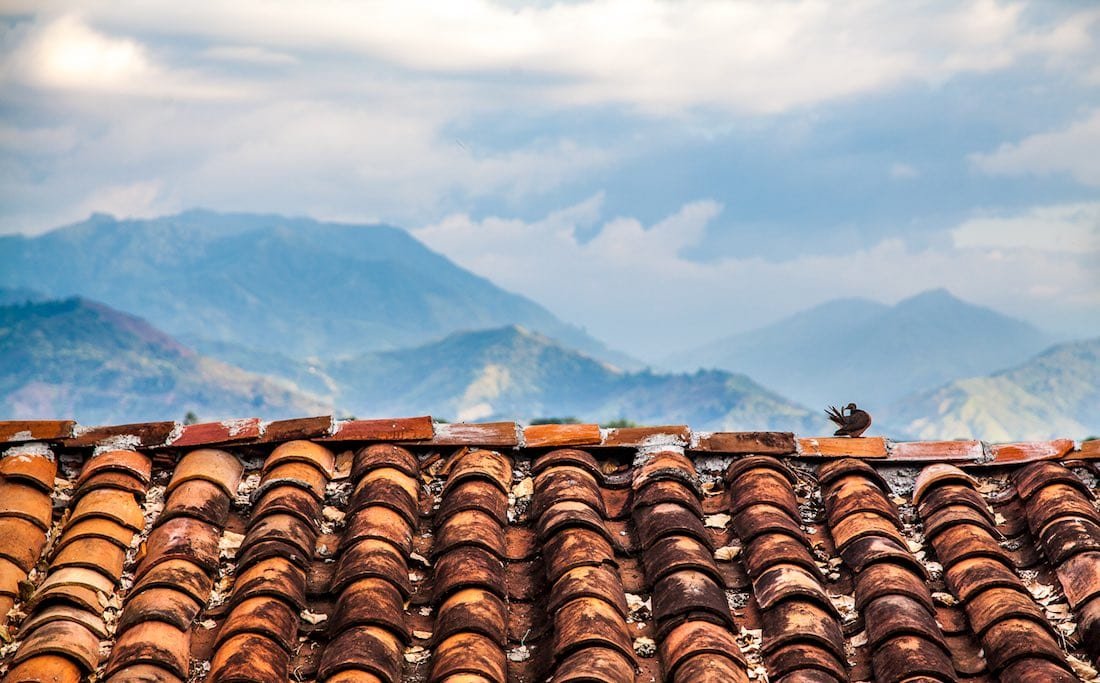
Pereira
Pereira, 35 miles north of Armenia, is the region’s geographic heart, commercial hub, and nightlife capital. Regional flights connect Pereira with Medellin, Cali, and Bogota.
Full-day excursions to organic coffee farms and soothing hot springs can be arranged.
Manizales
Manizales, at the northern tip of the Coffee Triangle, is known for its cultural life, museums and monuments.
In late September and early October, its annual theater and jazz festivals draw devotees from across Latin America.
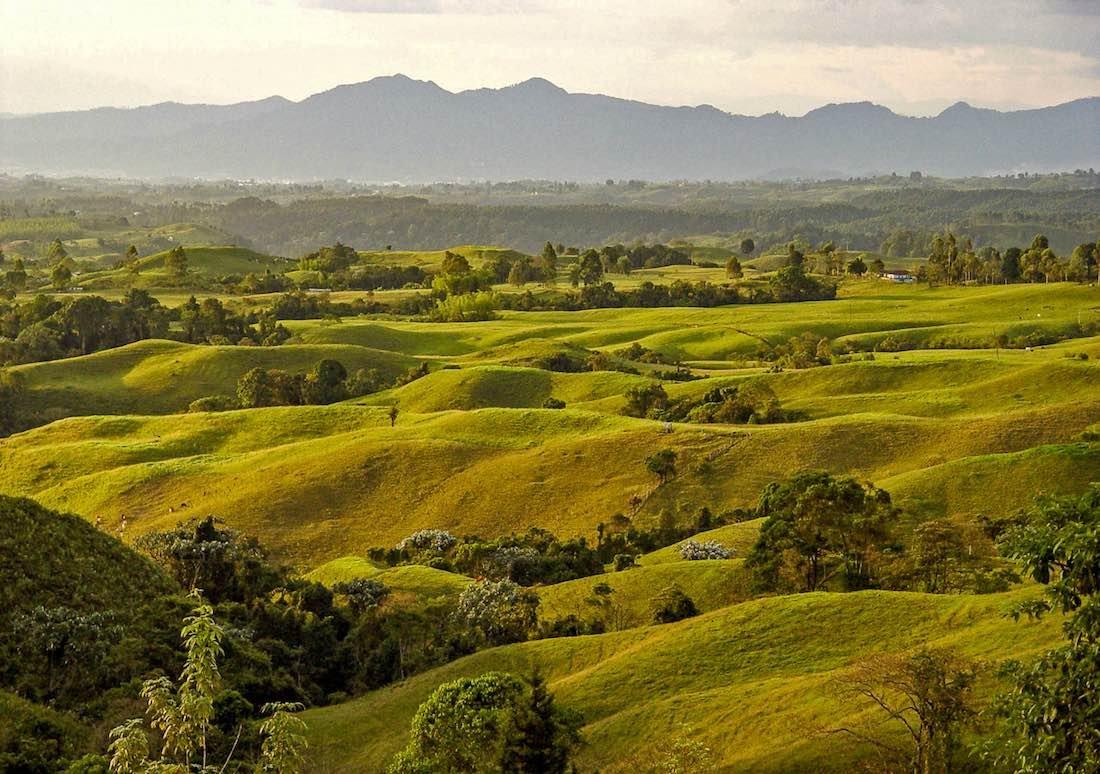
Each January, Manizales holds a bustling city fair, punctuated by a beauty pageant, bullfights, and parades.
Getting to Manizales
Manizales is located approximately 32 miles (one hour) north of Pereira and 190 miles (roughly six hours) west of Bogota. Colombia’s coffee country is a year-round destination—plants flower and coffee is harvested throughout the year.
The climate in Colombia’s Coffee Triangle is consistently spring-like, with highs rarely exceeding 72ºF and overnight lows hovering near 50ºF.
Sunny skies are the rule, although average monthly precipitation for April, May, October, and November can exceed six inches.
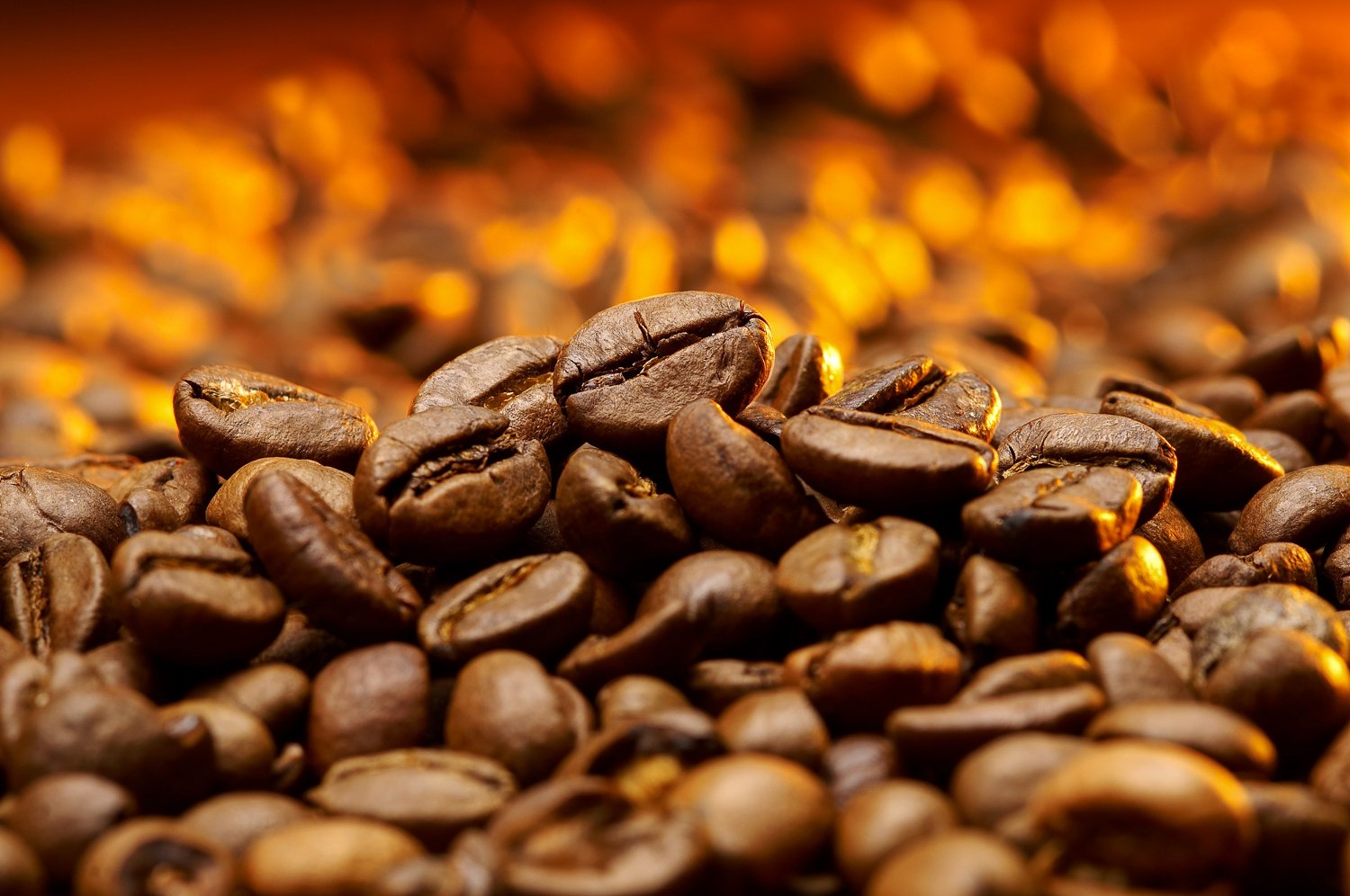
“Travel becomes a strategy for accumulating photographs.”
Susan Sontag
—— HOTELS
CASA SAZAGUA
HACIENDA BAMBUSA
PRIVATE VILLAS IN COLOMBIA’S COFFEE REGION
—— ALBUMS & STORIES
HACIENDA BAMBUSA FAMILY TRAVEL ALBUM
—— COMBINE WITH
BARICHARA & SAN GIL
CARIBBEAN COLOMBIA
CARTAGENA
MEDELLIN
